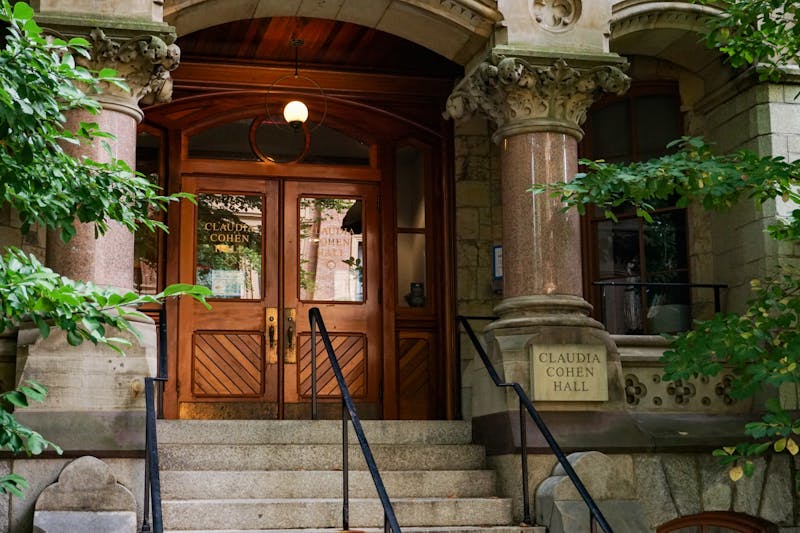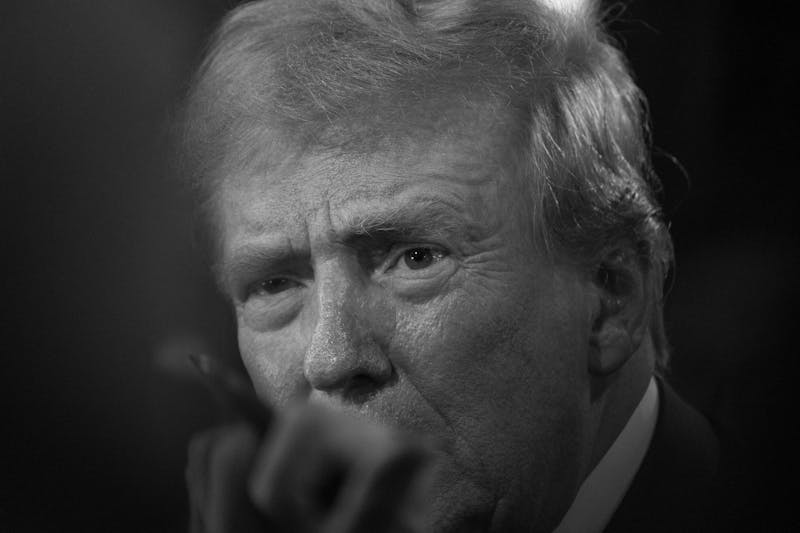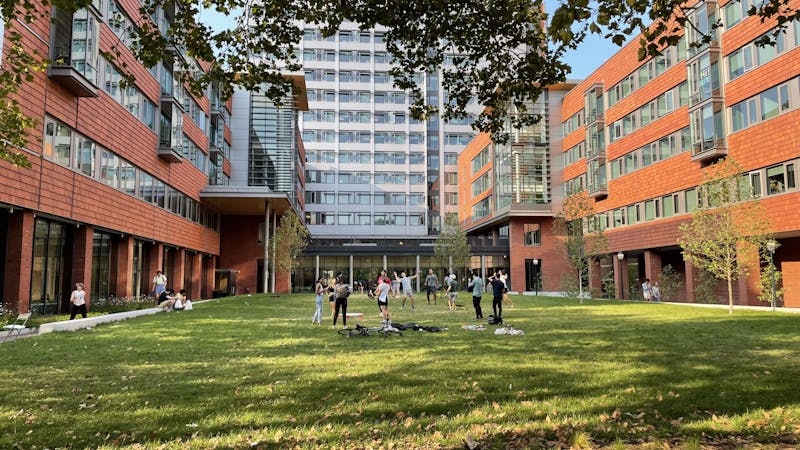The number of minority students entering the Law School reached an all-time high this year due in part to a year-long recruitment program by minority student organizations, administrators and organization members said. The number of black students entering the school nearly doubled from last year's 14 to 26 this fall. Asian-American matriculation tripled to 19, and 19 Latino students matriculated this year, four more than last. Two Native Americans also entered the school. Law School Dean Colin Diver last week applauded the Law School minority student organizations for their efforts in recruiting the students to the University. He said the groups -- the black, Latino and Asian-American law students' associations -- were essential to the minority matriculation because they visited undergraduates at other universities and encouraged accepted minorities to come to the University. Diver said that every year the school admits nearly four times the number of minorities who attend. He added that he hopes this year's increased number of minority students will improve matriculation rates. "If by increasing the numbers of Latino, black and Asian students we can make the Law School more attractive to others, that makes this year's numbers significant," Diver said. Black Law Students Association President Margo Brodie said yesterday that she is "very excited" about the increase in Law School minority admissions, adding that the high numbers of minorities are important to recruitment. "One of the first questions asked is how many minorities we have," said Brodie, a third-year law student. "If the numbers are small, people tend to write the school off. When we tell them that the number doubled, they get all excited." Brodie, who entered the Law School with 11 other black students in 1988, said that her organization sent representatives around the country on recruiting trips, and held an on-campus conference last spring to attract prospective students and applicants. She said the recruiting sessions were often successful because they made people "definitely consider the University who would not have even applied otherwise." "We worked very hard last year," Brodie said. "We always wanted the numbers to be greater than they were. We were determined last year to do something about it." Dean Diver said the admissions process for this year's class was slightly different than in past years because the admissions committee put a greater emphasis on applicants' recommendations and activities. "We're trying to look at a broader range of requirements to try and look beyond raw numbers to the whole person," Diver said. The admissions committee also reviewed more applications last year because fewer applicants were eliminated before committee members considered them, Diver said. Associate Law Professors Ralph Smith and Lani Guinier reviewed individual minority files before the candidates were rejected. "[The professors' review of the applications] led to the committee's looking at a broader sample of the applicant pool, and looking at kinds of information they didn't normally look at," Diver said. Smith said last week that he also thinks this "oversight committee" contributed to the increased acceptance rate of minorities, leading committee members to study certain files more carefully than they would have in other years. Denise McGarry, the school's associate director of admissions and financial aid, said last week that minority applications increased by eight percent last year. She added that she is confident the number of minority applicants will at least remain constant during this year's admissions process.
The Daily Pennsylvanian is an independent, student-run newspaper. Please consider making a donation to support the coverage that shapes the University. Your generosity ensures a future of strong journalism at Penn.
DonatePlease note All comments are eligible for publication in The Daily Pennsylvanian.







